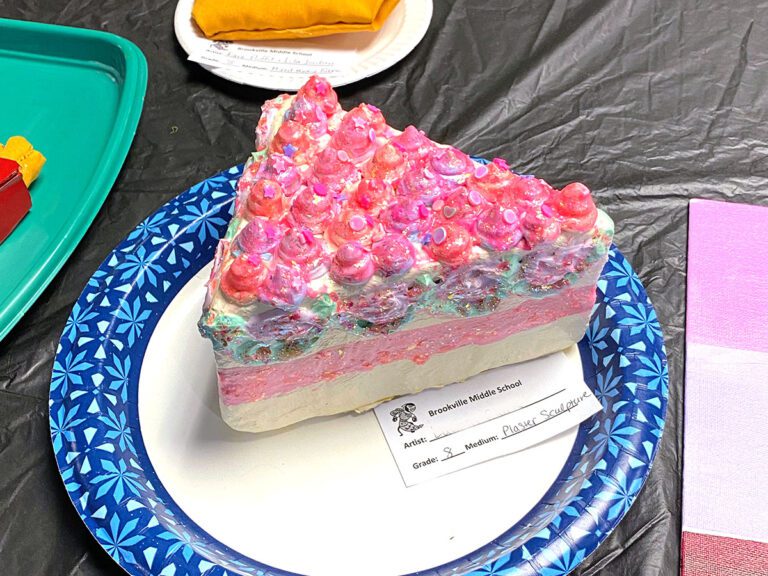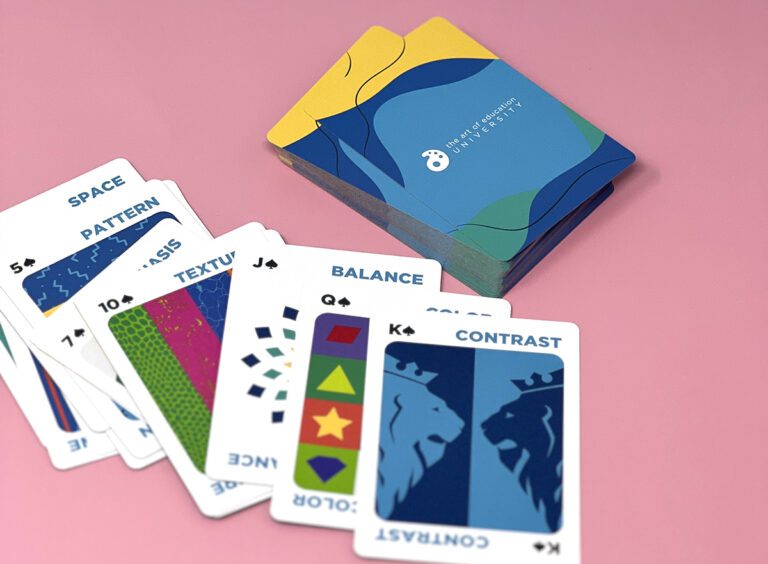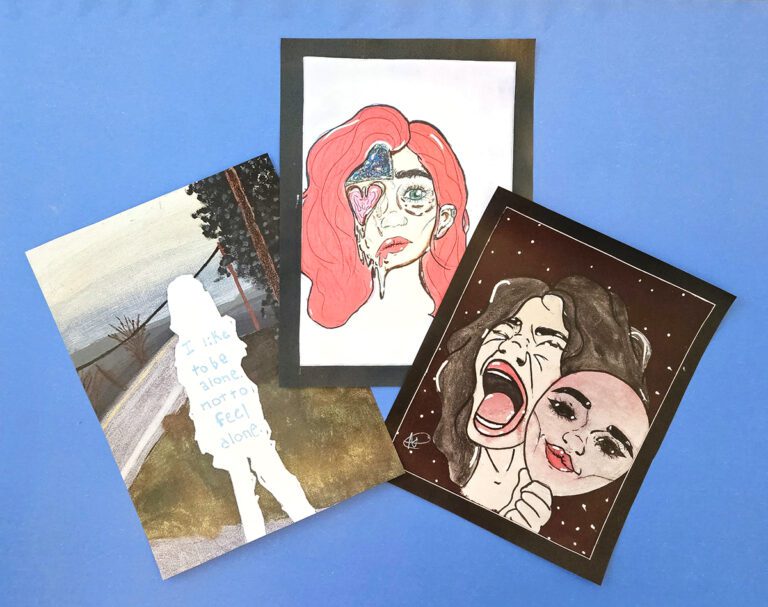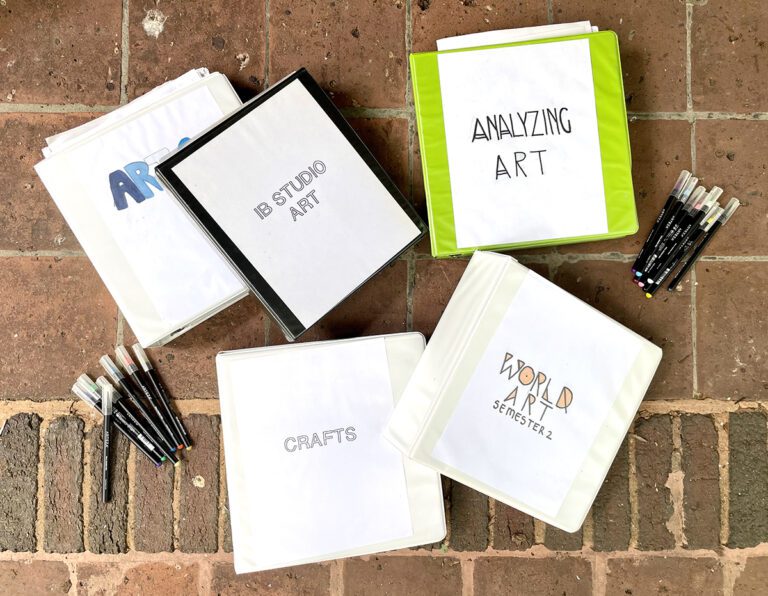Social media has become a major force in how educators obtain new ideas for the classroom. Applications like Facebook, Instagram, and Twitter provide a forum for discussion, collaboration, and sharing content. Art educators from all around the world can share their students’ amazing projects and experiences. We can post from our phones, computers, laptops, and/or tablets and immediately connect with a large network of art education professionals. Social media has made the delivery of messages much timelier and easier and has created an online space for feedback and online community support. This provides art educators with an opportunity for virtual conversations and advocacy.
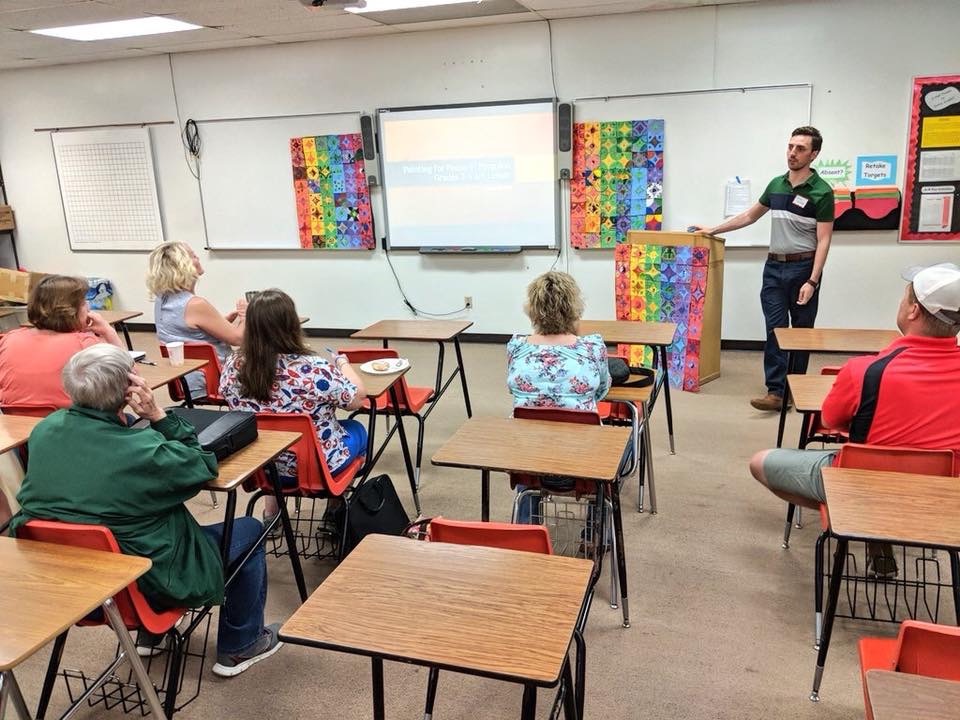
Each application provides its own set of tools that make sharing content easy. Some educators share lesson plans and project examples, while others share more personal day-in-the-life content. Art educators may use social media with their students as well for research projects, blogging assignments, and design activities. Art educators can use whichever works best for them to share curriculum content and their own unique perspective.
3 Reasons to Share Your Art Curriculum
1. Advocacy
Advocacy is a big part of art education. We all know how important art in schools is, but the rest of the world often needs reminding. Art educators have always advocated for their programs. Of course, before we can advocate, we must establish a quality program with strong content. Without quality content, no amount of advocacy will justify the value of an art education program.
Years ago, an example of advocacy would be putting on a student art show, inviting the school board, and sending a photo and summary to the local newspaper. Today art educators have begun utilizing social media to provide information about their programs, share student work, and give a behind-the-scenes look into learning activities and experiences in the classroom. Art educators are often concerned with proving to school boards and administrators the worth of their program. Social media can provide a transparent and consistent reminder of the work art educators do and the value of their program. Rather than, or in addition to, the annual art show, social media can be a continuous and budget-friendly way to advocate for art education programs.
In addition to advocating to school boards and administrators, art educators can also use social media to advocate to members of the community. This may help educators open communication with families who may not be familiar with the visual arts. Social media can help promote curriculum, activities, and events much faster and easier than a paper newsletter. The information may begin with the educator but move beyond their network through others in the community sharing and commenting online. Art educators, Bryna Bobick and Carissa Dicindo, argued in their article, “Advocacy for art education: Beyond tee-shirts and bumper stickers,” in Art Education in 2012, “We cannot sit on the sidelines and expect others to advocate for us.” They explained educators, administrators, parents, and community members must work together to successfully advocate for art education and that a unified, collective voice can help others understand the great value of art education.
By utilizing social media, art educators can be the face of their department and personal curriculum. Social media allows them to communicate more directly than the traditional monthly or quarterly newsletter. Projects can be shared in-progress. Video clips of artist biographies, museum articles, and image galleries can be posted, giving families further insight into what their child is learning. Kimberly St. Leger, an elementary art teacher from Illinois, is an example of a teacher who uses Facebook, Instagram, and a website to share art projects and lessons.
2. Engagement
We know many of our students are active on social media. At times, their love for technology and specifically, their phones, can be distracting and frustrating in the classroom. However, we could possibly use this interest to engage students with our content. By creating projects and activities relevant to student interests, they may achieve a more meaningful learning experience. The use of social media has the potential for students to connect with course content outside of the classroom and engage in discussions with their peers.
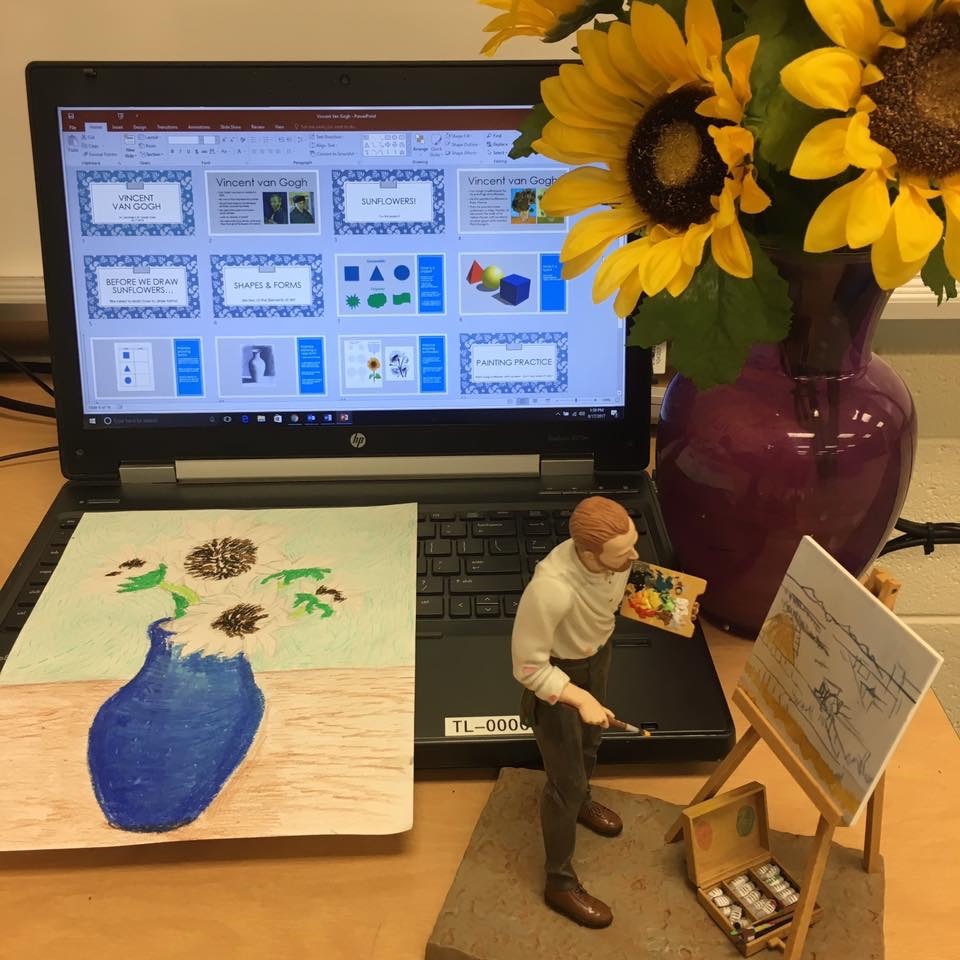
Applications like Instagram, Snapchat, and TikTok, are popular with today’s students. Art educators could tap into these for a variety of projects that students will love!
- Self-portraits using Snapchat filters: (dog ears, sunglasses, crazy hair, etc.)
- Research a contemporary artist found on Instagram: (What kind of posts do they share? How do they market themselves? What other artists do they follow?)
- Create a TikTok video as a historical artist: (What humor or lip-sync trends might Frida Kahlo post?)
- Draw/Photograph/Film what a historical artist might feature on their Snapchat story: (van Gogh may take photos of sunflowers, video of the stars at night, video messages to his brother Theo, etc.)
- Design a new social media application: (design a logo, the home screen, a user profile, etc.)
3. Reflection
Art educator-produced blogs have a wide variety of functions, but three main purposes are to inform, invite discussion, and provide access to resources. If we want our students to be reflective, we need to be reflective too! By using social media to blog or post curriculum content, educators have an opportunity to reflect on what worked and what didn’t. This visual record can give art educators a chance to look back before planning ahead.
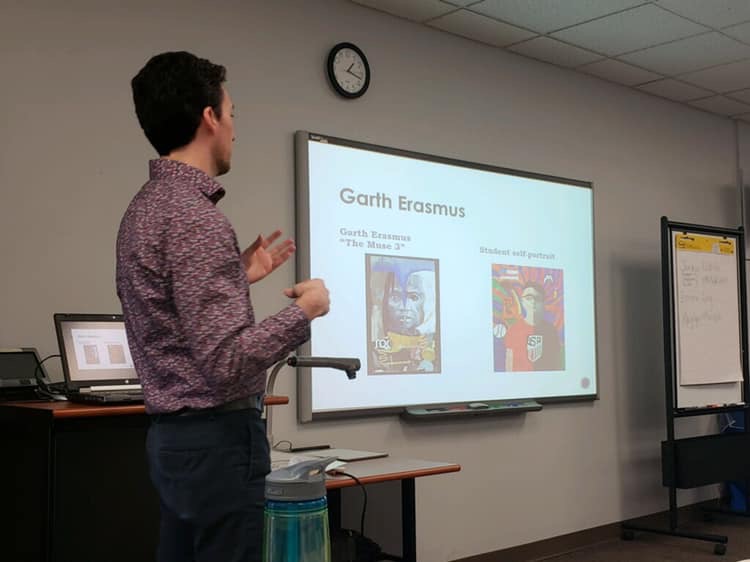
Art educator, Heidi O’Hanley created a blog titled, “Tales from the Traveling Art Teacher.” Her posts include information about lesson plans, resources, and classroom management. She posted advice on how art educators could set up their schoolwide art show, providing tips and photos of her own school show.
Final Thoughts
Using social media as a tool to share art curriculum has a lot of benefits to offer. It can improve communication with families and the community. Art educators can advocate for their program and give a transparent, behind-the-scenes look into their curriculum and teaching practice. Art educators working with grades 6-12 can engage with students on social media by meeting them where they already spend much of their time. By posting regularly, art educators allow themselves to reflect on each project and inform their teaching in the future.
Do you use social media in a professional capacity to share your curriculum?
How do you implement social media in the classroom with your students?
Does social media play a role in how you find ideas for the classroom?
Magazine articles and podcasts are opinions of professional education contributors and do not necessarily represent the position of the Art of Education University (AOEU) or its academic offerings. Contributors use terms in the way they are most often talked about in the scope of their educational experiences.



